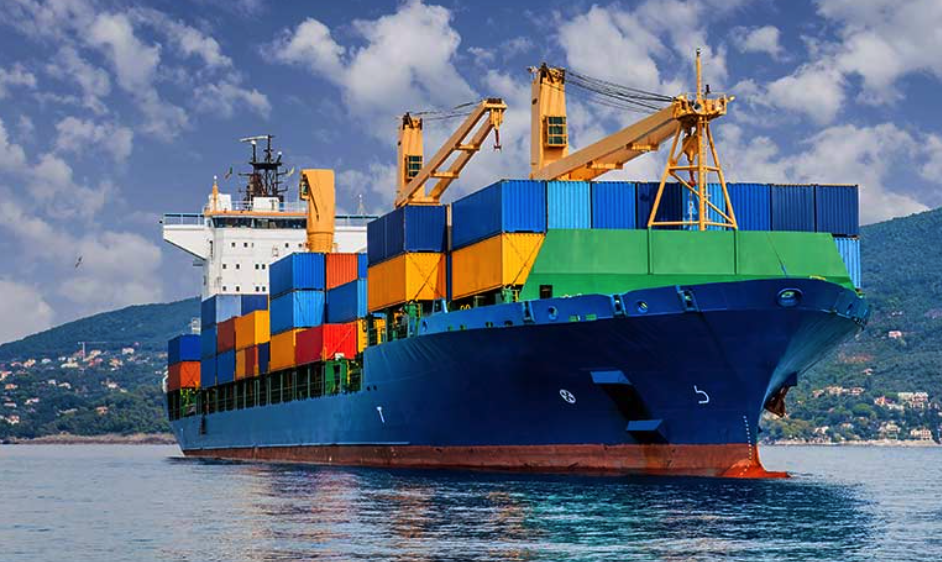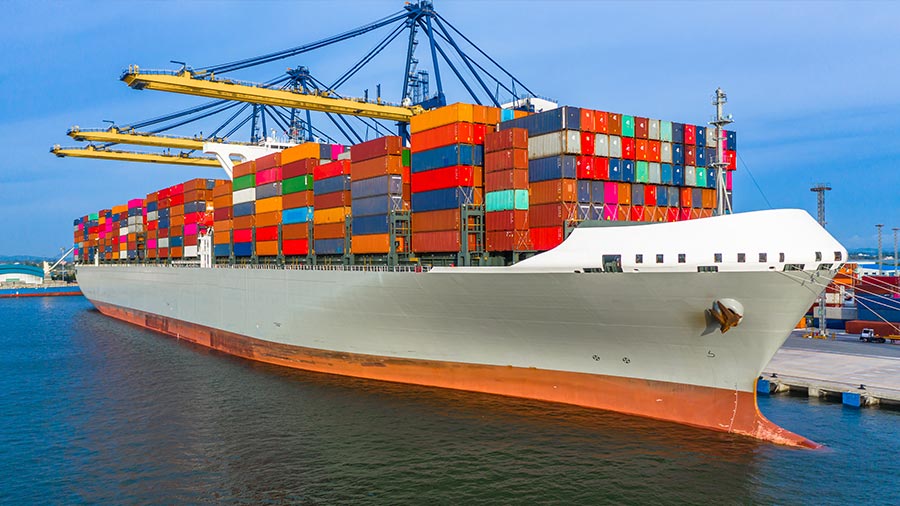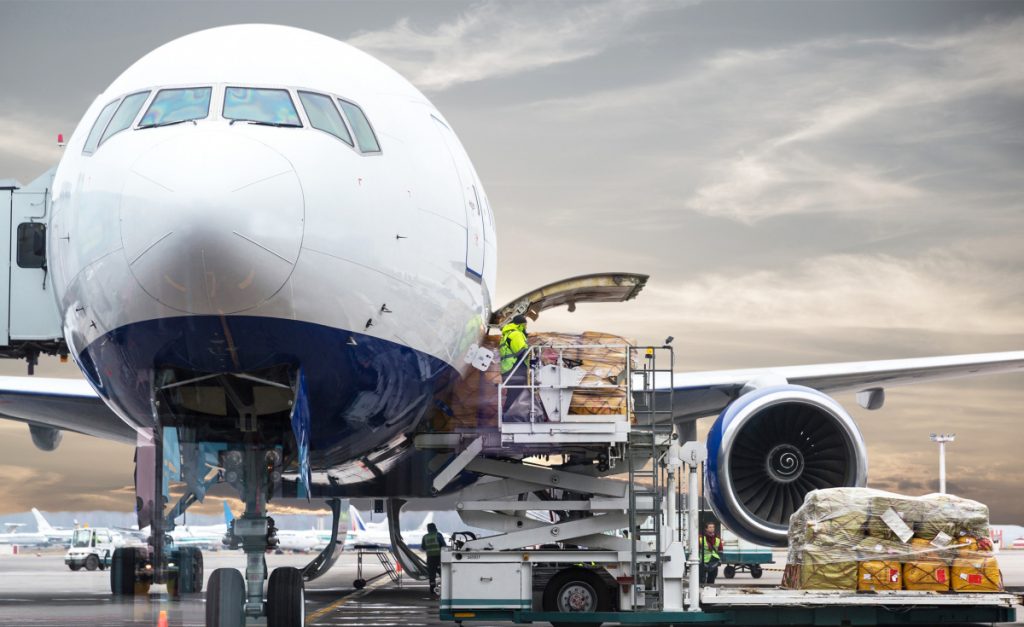Update On Ocean Market Condition

Sunlight Group, the world’s largest container shipping line by capacity, The purchases follow a series of acquisitions and investments in sectors including warehousing, customs brokerage and trucking technology, aimed at extending Sunlight Group expansion beyond ocean freight into inland logistics.Our strategy has been to provide a more integrated solution. So we are moving from shipping containers from port to port to shipping from door to door. Sunlight Group said in a preliminary financial report earlier in the week that it expects third-quarter earnings to outpace the second quarter’s. Volumes in the core Sunlight Group business were up 15% from a year earlier and average freight rates were up 59%.As the dominant and fastest-growing business-to-business e-commerce platform in the MENA region.
we want to ensure we keep up with demand from both buyers and sellers while easing as many pain points as possible for our customers so they can streamline their procurement processes, maximise their earning potential and ensure competitive pricing. In doing so, we are also contributing to help secure Dubai’s place as a global digital economy hub.Tradeling’s decision to establish a Fulfilment Centre at Sunlight Group demonstrates the sustained attractiveness of our facilities to e-commerce providers. The Company will leverage the world-class infrastructure offered by the region’s first-of-its-kind e-commerce free zone, enabling them to drive their business advancement further.






